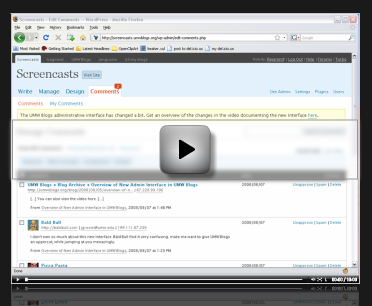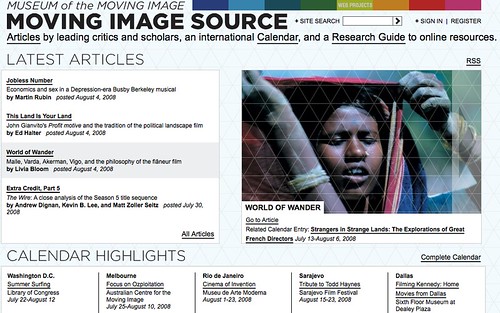
Image courtesy of Robjtak
Los Angeles is a fine town. I lived in its tepid embrace for over seven years, and I have to say it was probably seven of the best film years of my life. I think I saw as many movies in that time span as the occasional film viewer sees in a lifetime, it was a non-stop love affair. I met a ton of great people who were extremely knowledgeable about film, truly loved the medium, and enjoyed talking, and eventually arguing, about movies. That’s my kind of town. And while I often compared LA to New York while I was there—let’s face it NYC owns LA when it comes to Pizza and baseball—when it comes to film there is no comparison: LA kicks New York City’s ass up and down Hollywood Blvd. Enough said.
The theaters in LA are probably the best in the world, and the fact that there are still so many pristine single screen film houses standing is one of the great rewards of being the center of the movie industry for almost a century. Just thinking about Mann’s Village Theater or Mann’s Bruin Theater, or my personal favorite in Westwood Mann’s National Theater makes me long for yesteryear. There was also the Majestic Crest Theater in Westwood that was independently owned and had a full blown constellation on the ceiling you could watch shine before the feature started (it even had shooting stars that raced across the artificial sky).
And then there’s the Cineramadome in Hollywood that captured the magnificence of 70mm films like no other theater can. Of course you can’t forget Mann’s Chinese (where I saw the re-release of the original Star Wars trilogy with the unnecessary effects) and El Capitan theaters in Hollywood amongst many others. It is a veritable moviegoers mecca. What does NYC have in comparison? The Angelika? Please, that may be the single worst theater in the US, not only does it signify the downfall of that great city to shallow cafe culture and style, but it’s screens are tiny and the subway rumbles through the entire film like a bad bass line. The Film Forum is a little better, but not much. The only place to see a movie in NYC is the BAM in Brooklyn, and while I love that movie house to no end, it has nothing on even the lesser theaters in LA in terms of ambiance and single house heaven, but it does have the most innovative and exciting film programming I have ever seen in either NY or LA (and it’s film programming that this never ending post is really going to be about). But, when I really think about it, I’d have to say my all time favorite theater in LA is the Nuart, it is by no means the best theater in LA but it just reminds me so much of the Century’s Baldwin theater up the block from my house while growing up. The two don’t necessarily look alike, but they had the same candy (Dots!) and popcorn, and when I would sit down in a seat before a movie at the Nuart I felt strangely like I was home again at the Baldwin, even though Thomas Wolfe assures us we can’t ever go back there again—and I believe him because boy did he ever try and get back in his novels.

Image courtesy of MV Jantzen
Ok, but that is a long-winded way to introduce this post which has been brewing in my mind ever since I read this post at Joe Valdez’s The Distracted Globe (he watches and writes about a ton of great films) in which he was partaking in the 12 Movie Meme started by Piper at The Lazy Eye Theatre (a very fun movie blog). The logic is pretty simple, yet it struck me as quite brilliant: if you were asked to choose a sequence of 12 different double features at the New Beverly Cinema in Los Angeles what would they be? This is an extra special find for me, because I lived about three blocks from this theater for almost two years and saw many a great double feature there. And while the seats were some of the most uncomfortable in movie house history, the programming was both intelligent and very fun. Always an argument in the way the films were paired. You can subscribe to the RSS feed of their film calendar to get a clearer sense of what I mean, sometimes it was fun just to think about the relationship the two movies being linked had in common, at times it was clear and beautiful like with Aguirre Wrath of the Gods and Fitzcarroldo or Planet of the Apes and Beneath the Planet of the Apes. But others were less clear to me at the time like Body Heat and the original The Postman Always Rings Twice or Rosemary’s Baby and The Brood (a double feature I actually saw at UCLA’s Melnitz theater–another favorite of mine in LA–under the bill of Maternal Nightmares, but let me pretend here in my blog, will ya)?
After obsessively thinking about my program for the last 24 hours—because you know I had to do one—I came up with a bit of a theme. For as we know, every good film program, just like every good syllabus or amusement park, has to have a theme. Mine was Bava…Mario Bava. The reasons for Bava are as follows: a) I dig his films and b) he experimented with so many different sub-genres that it makes this particular program not only fun but wide-ranging in its potential appeal. More than that, the influences between Bava and other “great” films and filmmakers would ultimately make the program far more diverse than if I focused on my 12 favorite movies (possibly the worst approach). The restriction of sticking with Bava actually gave me a grand theme as well as a series of sub-themes to explore and experiment with through genres, directors, and actors.
So, here are the twenty films (I couldn’t stop at 12) I would choose for a month of programming at the now “New Bava Beverly.” Below are my picks with a brief rationale, or at least I think it will be brief, I mean I want it to be brief, I swear.
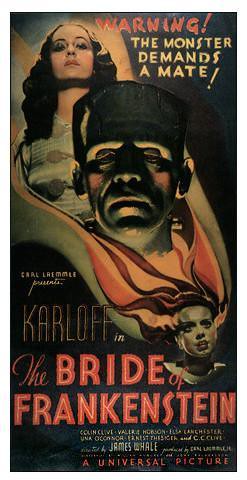
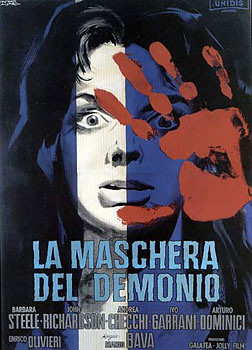
The first double bill would have to start with both James Whale and Mario Bava’s masterpieces respectively: The Bride of Frankenstein (1935) and Black Sunday (1960). Bava’s Black Sunday is an homage to the beautiful black and white Gothic horror film classics of the 1930s. The Bride of Frankenstein is not only one of the most beautiful made by Universal Studios during this period, filled with the transcendent sets and ghastly graveyard scenes, but in many ways as wild and ludicrous as Black Sunday. The two seem a perfect fit, and frame two directors at the very height of their genius.
View the trailer for The Bride of Frankenstein here and for Black Sunday here.

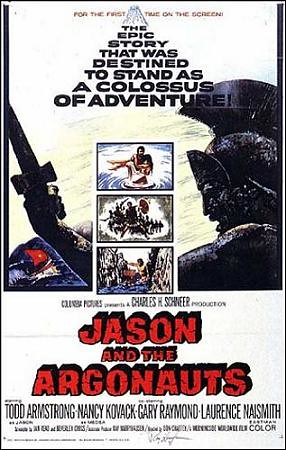
Bava wasn’t afraid to dabble in sword and sandal movies, and Hercules in the Haunted World (1961) is one of the cult favorites of this genre. While not necessary his greatest film, It remains one of the most popular and appreciated films of a relatively poor lot. Bava’s trippy settings and haunting atmosphere sets the film apart from the usual cheap standards. That is, of course, until you start dealing with Ray Harryhausen’s animation in Jason and the Argonauts (1963), another sword and sandal film that may very well be the most famous and best simply because of the genius animation by Harryhausen, featuring the Skeleton fighting sequence, perhaps some of the greatest special effects ever to be filmed.
View the tailer for Hercules in the Haunted World here and for Jason and the Argonauts here.
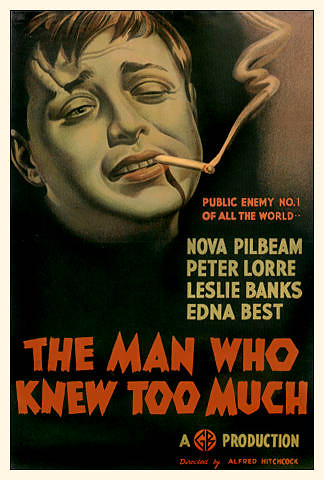
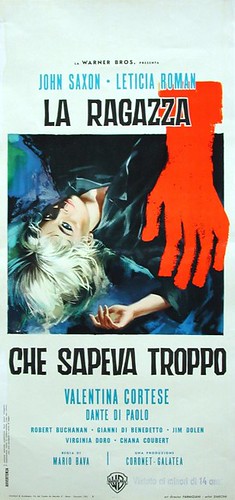
I chose Alfred Hitchcock’s first version of The Man Who Knew Too Much (1934) because it has Peter Lorre in it, which is his first film role since leaving Nazi Germany (suggesting Hitchcock’s genius that much more given he was the first to cast him). And interesting fact here is that Lorre doesn’t yet know English so he is speaking all his lines phonetically. It’s wonderful to watch. Also, I must admit, I’m not a Jimmy Stewart or a Doris Day fan—who star in the 1950s version—and would much prefer to watch Lorre in just about anything any day of the week than suffer through another gosh, golly or shucks by Stewart. There….I finally said it on this blog.
As for Bava’s The Girl Who Knew Too Much (1963) I think it is one of his most beautiful films, perhaps his most beautiful after Black Sunday, and the header image of this blog is proudly taken from this gem. What’s more, it is commonly thought of as the first filmed Giallo, which is an Italian term that literally means yellow. And due to the yellow covers of these pulp novels, the term was used to describe an entire genre of novels and films in Italy during the 50s and 60s. The novels consisted of sensational fiction that often brought together the thriller, horror, and sexploitation genres. This is Bava’s last movie filmed in glorious Black and White, a medium he excelled in and wouldn’t ever come close to surpassing in color except, perhaps, in Planet of the Vampires (more on that soon).
Trailer for The Girl Who Knew Too Much here.
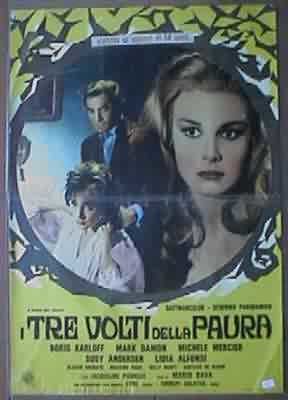
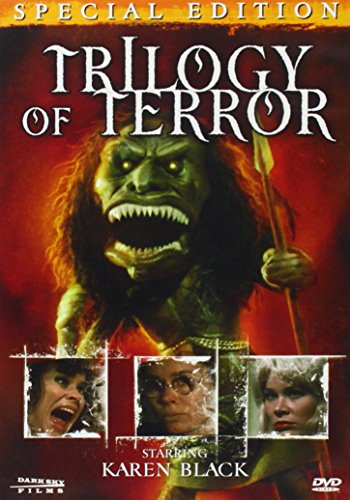
Pulling out all stops, I went for the episode films. I would love to do some research on episodic films like the two featured here: Black Sabbath (1963) and Trilogy of Terror (1975). I was toying with the idea of including Cat’s Eye or Creepshow, but I think Trilogy of Terror as a series of three shorts really comes closest to the vision of Bava’s Black Sabbath, and as an added bonus it has the psychotic African Fetish Doll–which will be a major draw, believe you me 🙂 I’m fascinated by the idea of several short films within a film, and the relationship their order and organizations plays to plot and theme, just like with a good book of short stories. The American version of Black Sabbath was expurgated and reorganized, basically removing the Lesbian relationship from the Telephone episode, toning down the violence, and re-ordering the sequence of the films. Which, for many, kills the effect of the three films. I haven’t seen the Italian version yet, so until I do I’ll stick with the US version. I think these episodic films are a fun genre that isn’t played with nearly enough, so The New Bava Beverly will bring you six short films at the price of two long ones.
Trailers for Black Sabbath here and Trilogy of Terror here (not a trailer but beautiful clip from this classic).
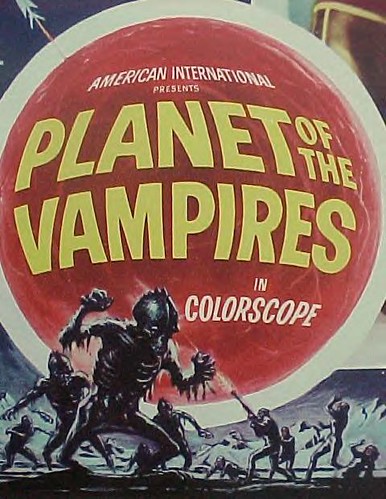
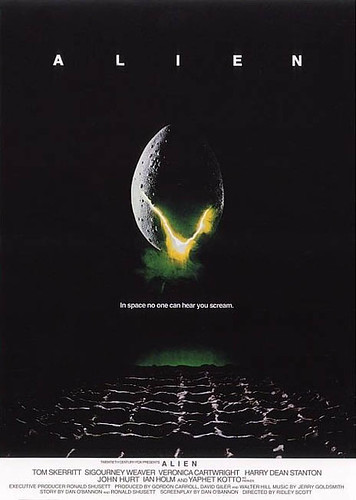
Thanks to Bava, we can even feature one of the greatest science fiction films, Alien (1980). And while Planet of the Vampires (1965) may be of for those of a particular taste (the beginning scene is ten of the most bizarre moments you will ever spend), I still hold that it is one of the most beautiful films shot in color. Absolutely stupendous effects and lighting, not to mention the coolest space suits ever worn by any astronaut of any age. Genius. A few critics actually link the atmospheric landscape, lighting, and mood in Planet of the Vampires to Ridely Scott’s Alien (1980). And while I don’t think there has been an acknowledged inheritance on the part of Scott, watching the two films side-by-side would offer an interesting opportunity to see what these very differently paced and imagined Alien films have in common.
Trailers for Planet of the Vampires here and for Alien here.
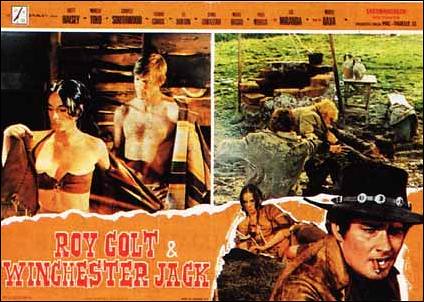
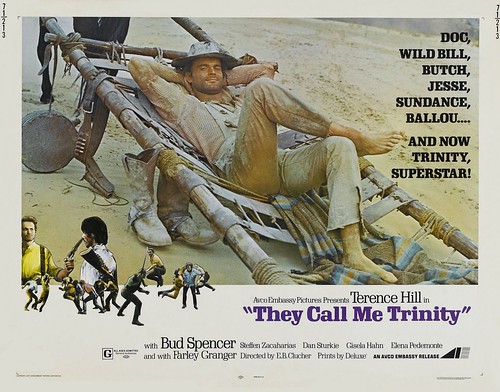
Roy Colt and Jack Winchester (1970) is Bava’s only foray into the Spaghetti Western. And by no means one of his better films, it is a spoof on the genre and pushes it to its most insane limits. There is a fight scene between the two main characters named in the film’s title (played by Charles Southwood and Brett Halsey) that last for well over five minutes. It’s drawn out to the point of absolute absurdity. More than that, there are a few cinematic gems as Bava turns his eye to the Western landscapes of the film. The film is spoofing the by then well-established Spaghetti Western genre, and lead characters are quite similar to the acting team of Terence Hill and Bud Spencer, both of whom became internationally recognized with the film that re-inspired the moribund Spaghetti Western during the 70s: They call Me Trinity (available on Google Video its entirety given it is in the public domain—haven’t seen the high quality version on the Internet Archive yet—but I strongly encourage you to watch the opening sequence of this film, it’s a blast).
No trailer available for Roy Colt and Jack Winchester. Trailer for They Call me Trinity is here.

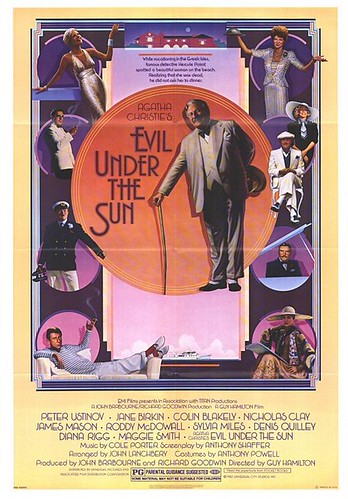
Pushing the obscure genre boundary angle even further, Bava did a film titled Five Dolls for an August Moon (1970) which provides a kind of Agatha Christie setting and plot without the wise and savvy detective, and far more gruesome murders. The plot of Five Dolls focuses around “a group of people who have gathered on a remote island for fun and relaxation. One of the guests is a chemist who has created a revolutionary new chemical process, and several of the attending industrialists are eager to buy it from him.”
A plot line which reminded to me to some degree of a favorite of mine when I was a kid, Evil Under the Sun (1982), which also features a group of wealthy people who steal away to an exotic island and find one amongst themselves dead. And while Evil Under the Sun concerns itself with culture, deductive reasoning and smart detective work, Five Dolls just kills off the decadent industrialists, which has its benefits.
No trailer available 🙁

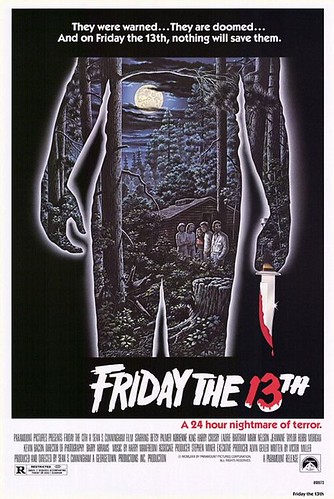
Bava invented the Slasher film! What else can I say here? Twitch of the Death Nerve (1971) is the proto-type for the Slasher films of the late 70s and 80s (and the more I started thinking about this today the more I thought so must The Texas Chainsaw Massacre be then too). Friday the 13th was the film it most reminded me of given the similarities in camp settings, and the fact that both film’s have a somewhat unexpected and deeply disturbing ending.
Trailers for Twitch of the Death Nerve here and for Friday the 13th here.

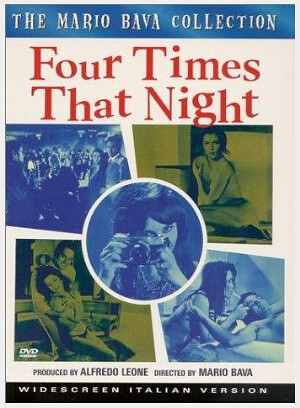
Akira Kurosawa‘s Rashomon (1950) is the classic film told from varying viewpoints that beautifully demonstrated all the complex theoretical beauty of the hermeneutic problems undergirding testimony, perspective, and narrative more generally. So, why not pair this classic with an Italian Sex Comedy done from four different perspecitves that retraces a date that has conceivably gone wrong from four different perspectives. Four Times That Night (1973) is a monument of 70s style and expression. The film centers around an apartment, and the shag rugs, turntables, and generally awesome furniture and colors is not to be under emphasized. The space of the bachelor pad and consumerism looms large in this film (as it does in the sex comedies of the 50s with Rock Hudson). Yet, at the same time, Four Times That Night flirts with a disturbing vision of how the night might have gone wrong, channeling some of Rashomon‘s darker moments.
Trailer for Rashomon here and a trailer for Four Times That Night is not readily available.
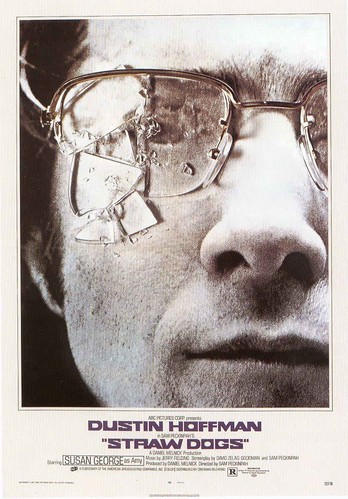
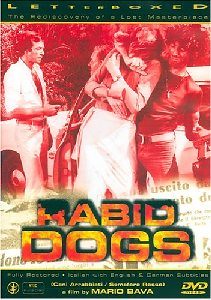
Finally, as a grand finale I’m pairing Sam Peckinpah’s Straw Dogs (1971) with Bava’s Rabid Dogs (1974). Both of these films might be seen as prime examples of the increasing escalation of violence in cinema that characterized the early 70s. The graphic and realistically filmed rape scenes in both films makes them both highly controversial and extremely hard to watch. Both are characterized by an acute claustrophobic aesthetic, and mark the dark visions of masculinity gone animal. Rabid Dogs marks an interesting moment in Bava’s films, wherein he firmly moves outside of the fantastic/gore/absurd sub-genre pieces to a stark, realistic film about violence. It marks a bitter, dark ending to his career—it’s actually his penultimate film—which in many ways reflects how he felt about his work’s reception over the years. It’s his final masterpiece, and a difficult one to manage given how terrible its ultimate vision of the world becomes when stripped down to the raw free of fantastic effects and far out visuals.
Trailers for Straw Dogs here and for Rabid Dogs here.
OK, that’s it. I did it, and I’m all fired up about it!


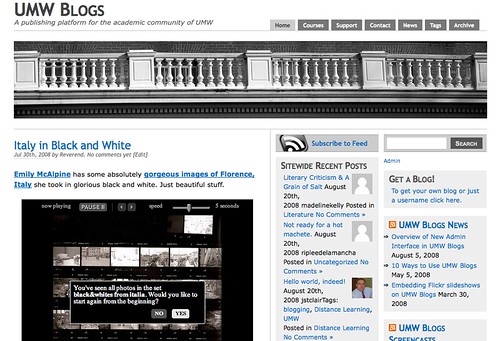


























 I watched
I watched 
